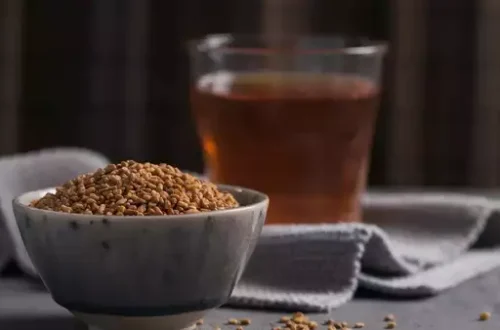High blood pressure, medically known as hypertension, is a common and serious health condition affecting millions worldwide. While pharmaceutical medications are commonly prescribed to manage hypertension, many individuals seek natural alternatives like Patharchatta. In this comprehensive guide, we will delve into how Patharchatta works for high blood pressure and why it has gained popularity as a natural remedy.
Understanding High Blood Pressure

Before we explore Patharchatta’s role in managing high blood pressure, it’s crucial to understand the condition itself. High blood pressure occurs when the force of blood against the walls of your arteries is consistently too high. This can lead to various health issues, including heart disease, stroke, and kidney problems.
What is Patharchatta?

Patharchatta, scientifically known as Bryophyllum pinnatum or Kalanchoe pinnata, is a succulent plant native to Madagascar. It has a long history of use in traditional medicine systems, including Ayurveda, for its medicinal properties. Patharchatta is often referred to as the “Life Plant” or “Wonder of the World” due to its remarkable healing potential.
Mechanisms of Patharchatta in Managing High Blood Pressure
Patharchatta is believed to work for high blood pressure through several mechanisms:
1. Vasodilation:

One of the primary ways Patharchatta exerts its influence on high blood pressure is through vasodilation. Within the leaves and stems of this remarkable plant lie bioactive compounds with the potential to instigate vasodilation. Vasodilation refers to the widening and relaxation of blood vessels, a process that can significantly reduce resistance to the flow of blood within the circulatory system.
When blood vessels dilate, their inner diameter increases, allowing blood to flow more freely. This has a profound impact on blood pressure regulation. The reduced resistance to blood flow means that the heart can pump blood with less force, thereby reducing the pressure against the arterial walls. As a result, blood pressure levels can be lowered, promoting cardiovascular health.
2. Diuretic Effect:

Patharchatta is also thought to possess mild diuretic properties. A diuretic is a substance that encourages the excretion of excess sodium and water from the body through urine. In the context of hypertension management, this diuretic effect becomes particularly relevant.
Excess sodium in the body can lead to increased water retention, which, in turn, raises the volume of blood in circulation. An elevated blood volume contributes to higher blood pressure. By promoting the elimination of surplus sodium and water, Patharchatta helps to reduce this volume, subsequently lowering blood pressure levels. This diuretic action not only assists in blood pressure control but also supports overall kidney function.
3. Antioxidant Action:
Patharchatta boasts a rich content of antioxidants, which are compounds known for their ability to neutralize harmful free radicals within the body. High blood pressure often correlates with oxidative stress and inflammation, which can damage blood vessel walls and impair their function. This damage contributes to the development and progression of hypertension.
The antioxidants present in Patharchatta can effectively combat oxidative stress and inflammation. They act as cellular bodyguards, protecting the delicate endothelial cells lining the blood vessels. By doing so, they help to maintain the integrity of these vessels and ensure their smooth function, reducing the risk of hypertension-related complications.
4. Stress Reduction:

Chronic stress is recognized as a significant contributor to high blood pressure. Prolonged stress activates the body’s “fight or flight” response, leading to the release of stress hormones like cortisol and adrenaline. These hormones can cause blood vessels to constrict and the heart rate to increase, resulting in elevated blood pressure.
Patharchatta may offer a unique advantage in this regard. Some studies suggest that it possesses stress-reducing properties, helping to alleviate anxiety and tension. By calming the nervous system and reducing stress levels, Patharchatta can indirectly contribute to the management of high blood pressure.
Using Patharchatta for High Blood Pressure

If you’re considering using Patharchatta as a natural remedy for high blood pressure, it’s essential to approach it with caution and consult with a healthcare professional. Here are some tips:
- Consultation: Discuss your intention to use Patharchatta with your healthcare provider, especially if you are currently taking prescription medications for hypertension.
- Dosage: Proper dosage is crucial. Patharchatta can be consumed as a juice, extract, or in the form of supplements. Your healthcare provider can guide you on the right dosage for your specific needs.
- Monitor Your Blood Pressure: Regularly monitor your blood pressure while using Patharchatta to ensure it is effectively helping you manage hypertension.
- Lifestyle Factors: Remember that managing high blood pressure involves more than just herbal remedies. Adopt a healthy lifestyle by maintaining a balanced diet, exercising regularly, reducing stress, and limiting sodium intake.
If you have any queries related to medical health, consult Subhash Goyal or his team members on this given no +91 99150 72372, +91 99150 99575, +918283060000




